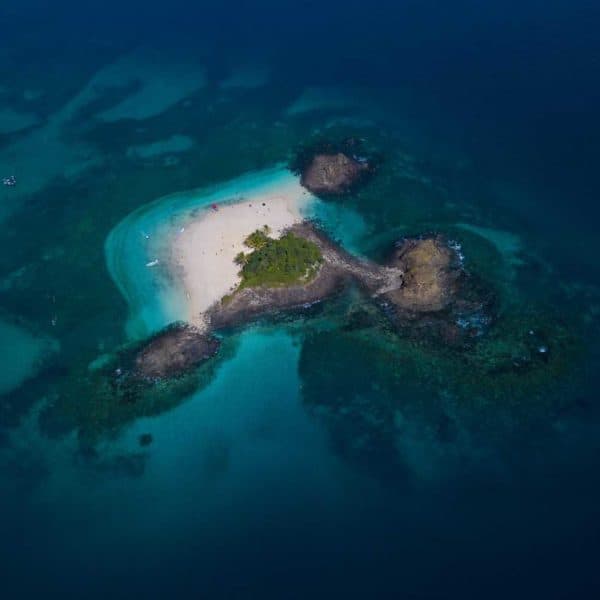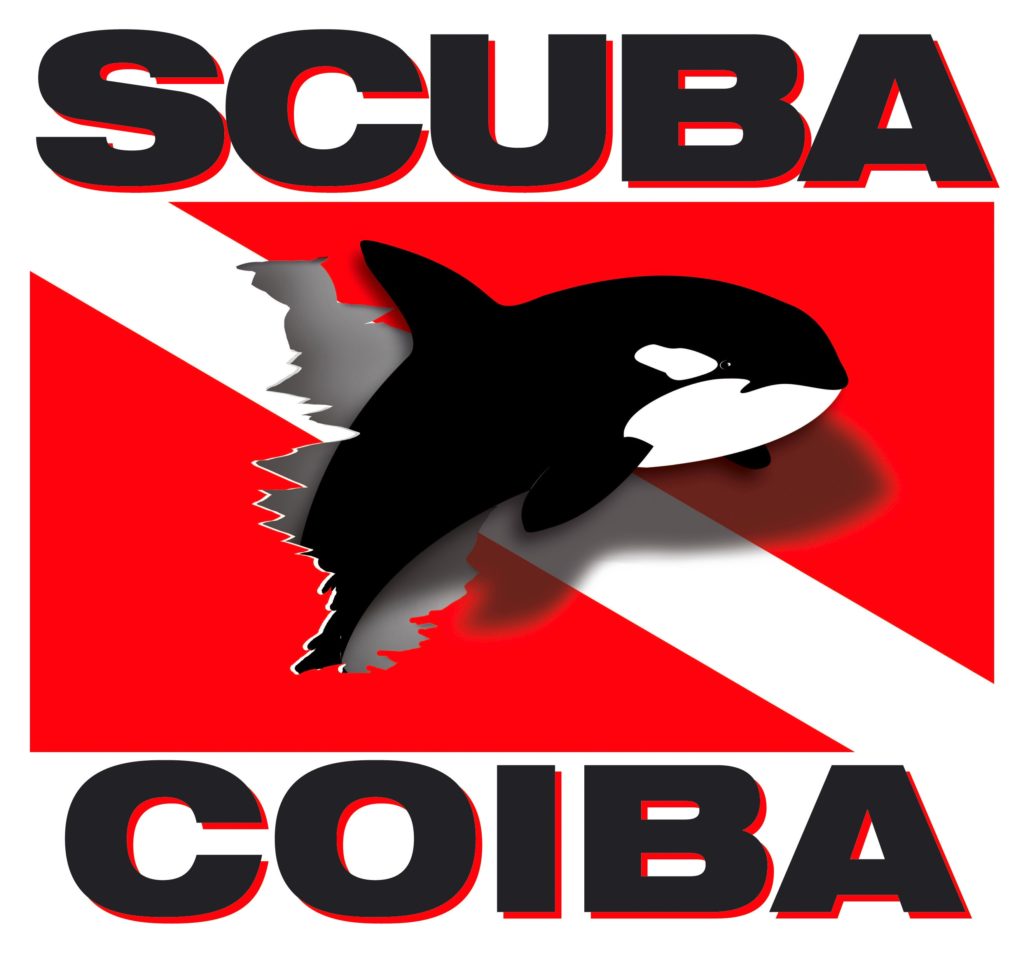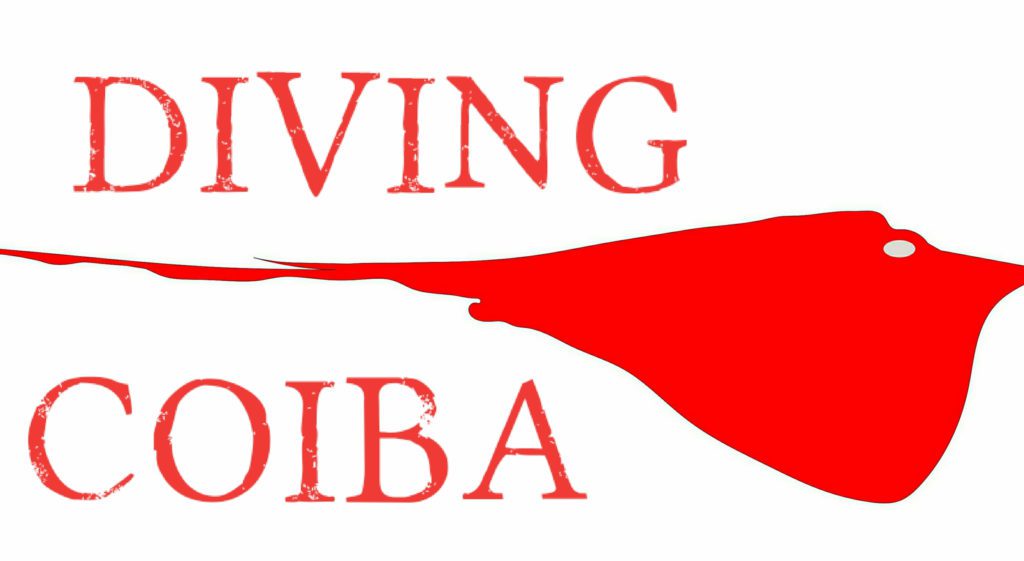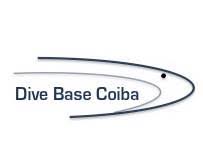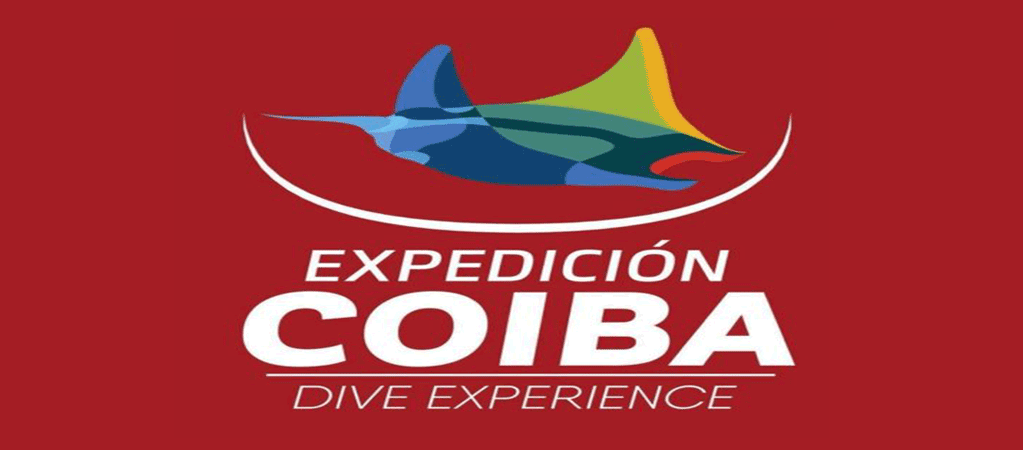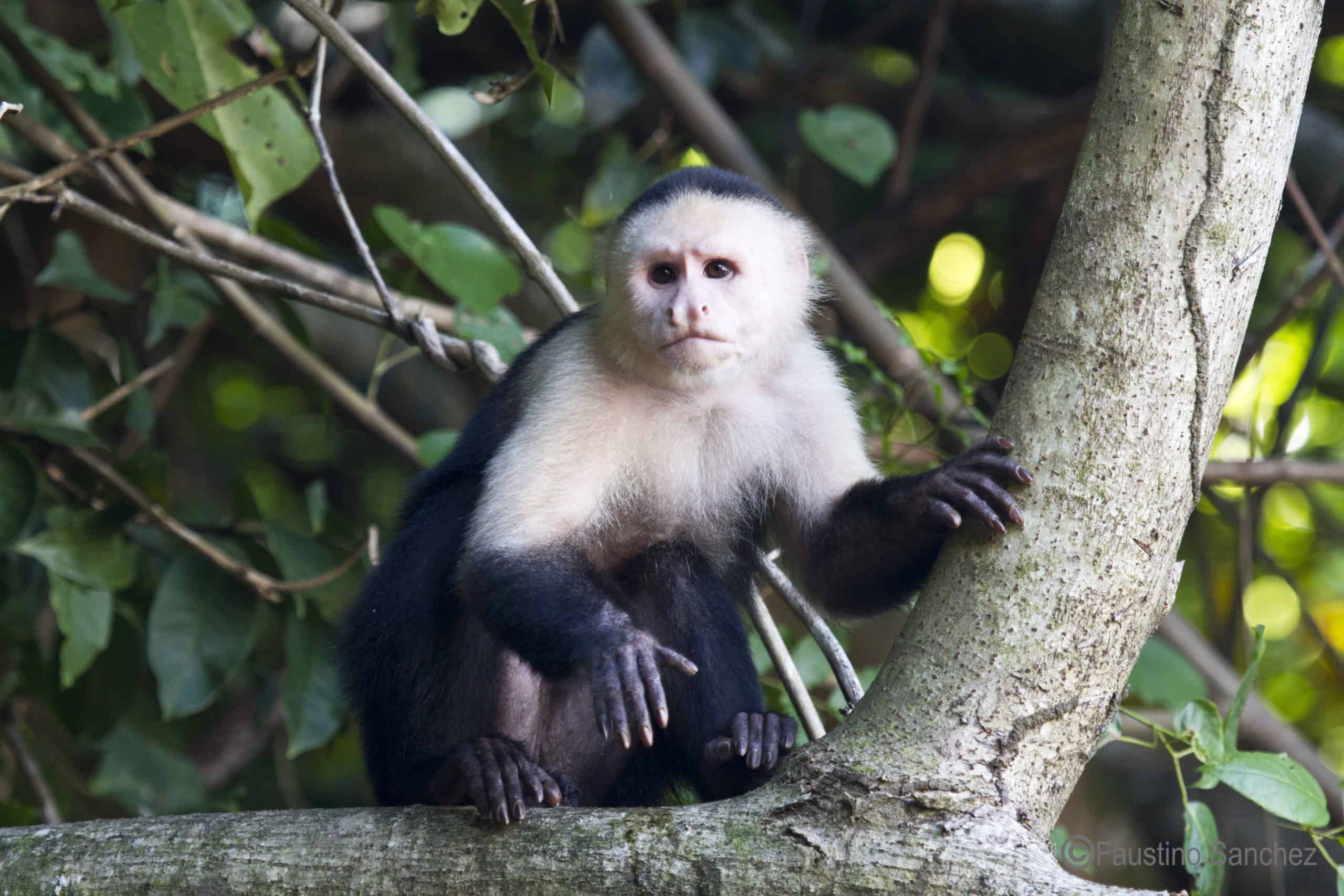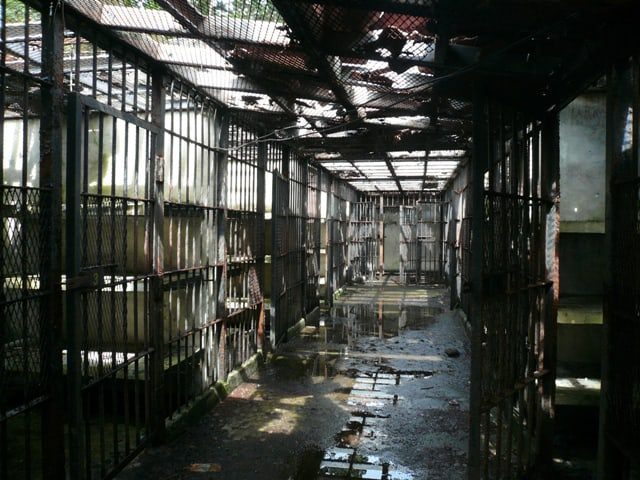Top Thing to do in Coiba
This unique, virgin, and unpopulated paradise were recognized by UNESCO as World Patrimony Site, no other place on earth has the level of endemic creatures as those found in Coiba National Park, every scientific investigation reveals something new.
Just imagine what you could do in a place with more than 430 thousand hectares, 38 islands, more than one thousand kilometers of coast, 15 rivers, millenarian mangrove forest, a virgin tropical rainforest jungle, an ancient coral reef that existed long before the pharaohs built the pyramids of Egypt and many, many more.
Since the 1990s, the island of Coiba has become an important point of biodiversity and conservation studies, because it has a unique tropical marine environment and is one of the most isolated regions in the oceans.
Coiba Diving & Snorkeling
It is no coincidence that we put her at the top of our list. The Coiba’s ancient coral reefs are like a submerged wild marine city, with more than 5,600 years. With a vertical population of 10 to 12 meters, they are the largest in the eastern tropical Pacific, with 1,700 hectares at high endemic level, it possess the greatest biodiversity in the Central American Pacific.
Coiba National Park is considered one of the best diving sites in the Western Hemisphere, the “other Galapagos,” as it is increasingly termed, and an increasingly popular tourist destination. Coiba Island and its surrounding waters are also a UNESCO World Heritage site and National Park located on Veraguas Pacific Coast and have the richest marine biodiversity in Panama.
Coiba and its surrounding waters are thought to be an important site for both frequently sighted but little known whitetip sharks and highly migratory threatened shark species including endangered scalloped hammerheads and whale sharks
Serve as a maternity ward, a permanent source for coral repopulation, like a fountain of life, the coral larva production benefits the islands connected to each other by marine currents, like Galapagos.
Coral reefs and mangroves have an essential function in the coastal zone, it serve as a giant nursery, housing large quantities of fish and other marine species. “It’s here where the larvae abide, grow and transform into pelagic species that finally head out to open sea”.
The exceptional location of Coiba National Park in the northern column of the huge Eastern Pacific Marine Corridor, which is formed by Coiba, Galapagos, Cocos, Malpelo, and Gorgona, makes it an important protection zone for migrating megafauna and one of the world’s most productive marine areas.
Undoubtedly, Coiba is a destination for divers
Who like to meet the real BIG ocean animals: sharks, rays, whales, turtles, and dolphins, and PLENTY of hunters in schools of fish (tunas, jacks, snappers, barracudas, spadefish…..) plus COLORFUL reef life (morays, butterfly-, angel-, surgeon-, frogfish, pufferfish, blennies, lobsters, etc.). Some animals are resident, some are migrating with the currents, but there is always a lot going on underwater.
When you enter this parallel world you will feel part of it, most of the thousands of colorful fish will continue to swim unnoticed by your presence, they will even swim around you, the sea turtles will allow you a “selfie” and small species of sharks will appear from between the rocks to steal your breath, do not worry, we are not on their menu.
Coiba’s Diving Padi Centers
There are several certified diving centers around Coiba National Park
Sportfishing in Coiba
Strong oceanic currents converge in Panama and Coiba. Nutrient-rich cool currents, known as the Humboldt or Peru Current, move nutrient-rich water toward the surface that makes it possible to sustain the rich biodiversity. Plankton is abundant which feeds baitfish which are necessary to feed and catch bigger fish.
“Panama” means an abundance of fish in an indigenous language
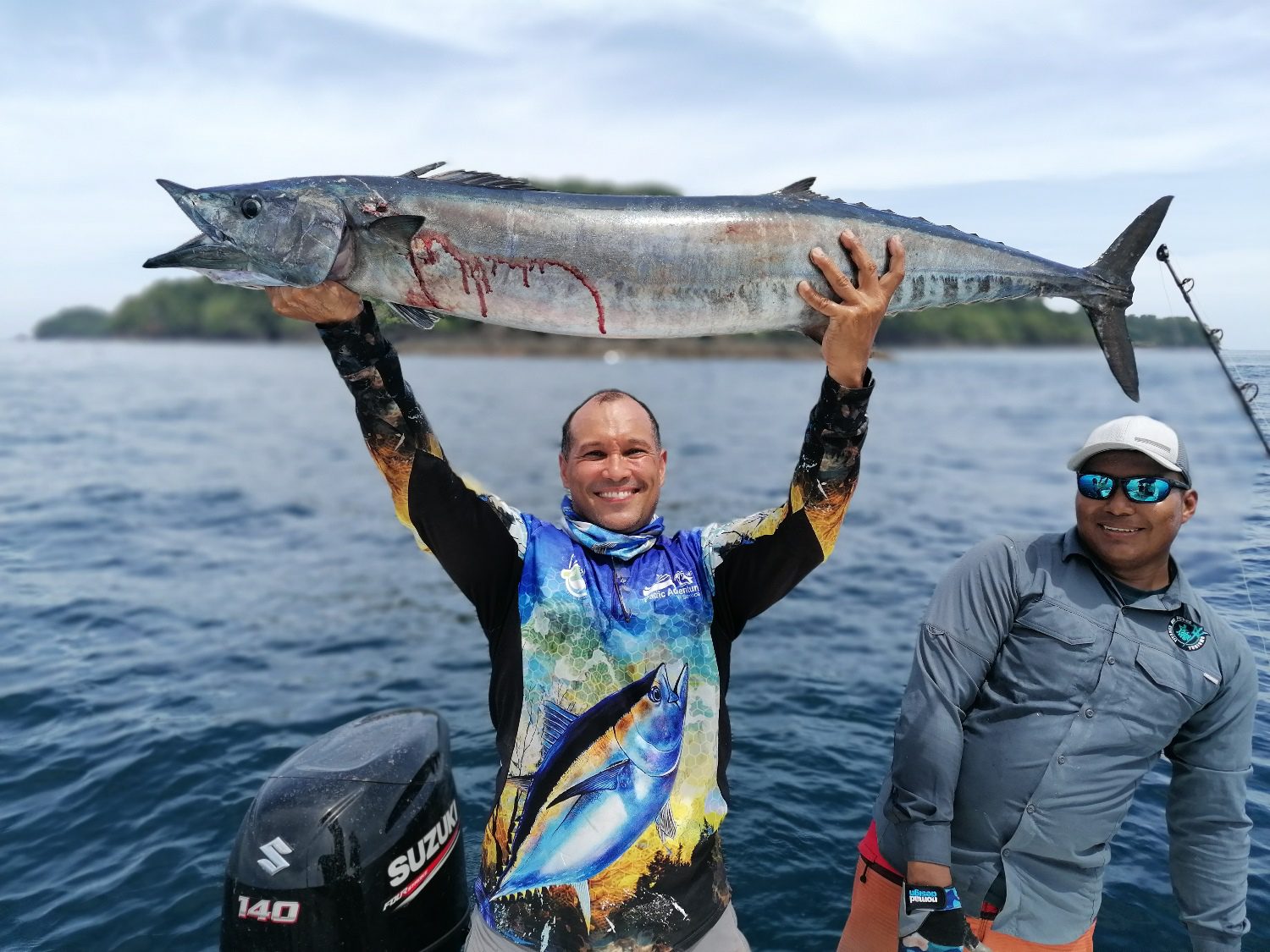

Coiba National Park has an amazing blend of inshore and offshore fishing, countless fishing spot, no matter if you are a fishing expert or just a rookie. The range of species is truly remarkable, and you’d have to cast, jigging, and trolling all day.
With hundreds of world fishing records, Coiba National Park is an angler’s dream location, there are fishing spots everywhere, around the innumerable nearshore rocks, the deep-water structure a bit farther offshore provides incredible action at times. Coiba is linked to the Galápagos Islands by the underwater Coco Ridge mountain chain.
The “reef” of the neighboring Jicaron Island often produces an unforgettable sight: the water would literally turn red as dozens of mullet snapper, jacks, and trevally, along with one or two big cuberas, fought for a popper, sometimes batting the lure high in the air.
Like no other, Coiba serves as the home of more than 800 fish species, starting with cubera and mullet snapper, roosterfish, jack crevalle, bluefin and bigeye trevally, rainbow runner, houndfish, and more are often eager to hit cast and trolled lures, as well as live baits fished near island shorelines and underwater rocks. Sailfish, wahoo, mahi-mahi, and three types of Marlin even black marlin are often found very close to some of the nearby islands, although action with pelagic game fish is usually best at nearby Hannibal Bank or the offshore island of Montousa.
The Best Fishing Season in Coiba – Panama
Panama has good weather all year long, fishing is good throughout the year when the season of one fish species ends, the season of another species just begins. The waters around Coiba Island are plentiful of schools of some of the most exotic game fish in the world.
Blue marlin and dorado fill up our waters from December to February. Then from March to June, it is time for yellowfin tuna and black marlin. Fishermen can also find black marlin in Hannibal Bank in August and September. All year long you can find snapper, cuber, rooster, and wahoo.
Inshore fishing is very good off Coiba year-round, and the best action tends to be near the island during the fall rainy season.
To top it off, during the prime winter months it’s almost always sunny, warm, and calm. If that doesn’t meet your criteria for a fishing dream spot, I don’t know what will!
Amazing Beach Days in Coiba National Park
For lovers of lonely islands, decorated with huge palm trees, white sand beaches with soft waves with unusual shades of green and blue. Coiba National Park has 38 islands, more than one tousand beach kilometers.
Coiba Bird Watching
Separated from the mainland thousands of years ago, Coiba’s avifauna is of exceptional interest both for conservation as well as for understanding evolutionary processes such as the early stages of speciation.
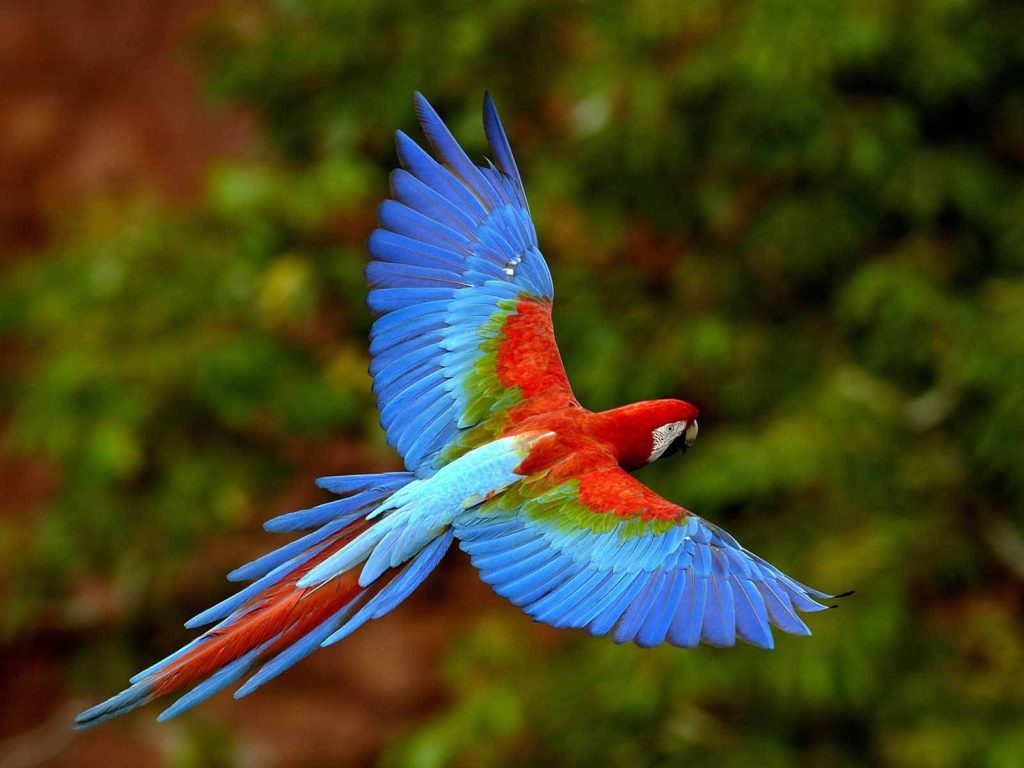

The island is a refuge for the last significant population in Panama of the Scarlet Macaw (Ara Macao), and a breeding site for the globally-threatened Three-wattled Bellbird Procnias tricarunculata. Like many other islands, Coiba’s avifauna is relatively low in diversity but highly distinctive. Coiba has 71 species of breeding land birds (excluding recent colonists), compared to a species pool of about 400 species known from the adjacent mainland. Coiba is missing 17 families of birds that occur on the mainland, including tinamous, quail, trogons, toucans, antthrushes, jays, and many others.
However, a number of distinctive forms have evolved on Coiba since its isolation due to postPleistocene sea-level rise. Coiba and its satellite islands have one endemic species, the Coiba Spinetail Cranioleuca dissita, and one near-endemic, the Brown-backed Dove Leptotila battyi, found only on Coiba, Cebaco, and the Azuero Peninsula. In addition, Coiba has 19 described endemic subspecies. In three additional species, the subspecies found Coiba differs from that on the adjacent mainland (these also be found in Costa Rica, eastern Panama, or the Pearl Islands).
